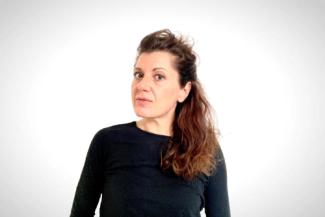Maria Rosaria Luberto is an Italian classical archaeologist, specialized in the field of the Archaeology of Magna Graecia. Her post-doctoral research focuses on material culture and urban development between 8th and 6th centuries BC, mainly in Italy and Greece. Thanks to her CIVIS3i project, she will analyse the processes of birth and development of the city as a part/product of the territory it belongs to, through the case study of Kroton and the Krotoniatide 16th to 5th c. BC.
Host University: Aix Marseille University, France
Host research group or department: Institute for Mediterranean Archaeology, Centre Camille Julian - CCJ
Co-host University: Sapienza Università di Roma, Italy
Secondment institution: Istituto Centrale per l’Archeologia - ICA, Italy
Advisor: Professor Jean- Christophe Sourisseau
Co-advisor: Professor Paolo Carafa
Secondment mentor: Dr. Calandra
My research
UrbArTs: URBAN ARCHAEOLOGICAL TOWNSCAPES ON THE IONIAN COAST OF CALABRIA. Kroton and the Krotoniatide 16th to 5th centuries BC
The cultural-historical framing of comparative analysis of urban development from Bronze Age to Archaic/Classical Period in Greece and southern Italy remains controversial. The conventional view that Greek colonisation stimulated urban development and the growth of city states in Italy is challenged by new understanding of non-colonial communities, and recognition (barely explored) of a two-way flow. Establishing a methodology for systematic comparison of the growth and functions of cities in the landscapes they belong to, and not as ‘dots on a map’, is thus a priority. This project takes on these challenges using the Achaian colony of Kroton as the central case study. Kroton was one of the oldest, largest, and richest cities in Magna Graecia, a powerful player in the Archaic Mediterranean responsible for the destruction of the other leading Achaian foundation, Sybaris, c. 510/9 BC. My target period, 16th to 5th c. BC, coincides with ill-understood early phases in its history. It allows us to: address the extent and form of precolonial settlement in its territorial context; transformations and disruptions caused by Achaian presence; the origins and early growth of the Greek settlement; how, why, and when Kroton became a polis Greek terms, and the flow of ideas between Achaia and the wider colonial world of South Italy and Sicily. These questions speak to larger debates within and beyond Mediterranean archaeology on identity and ethne; mobility; integration; cultural exchange; and experiences of urban life. The main aim of my proposal is to re-write the history of Kroton via the analysis of the development of its townscape in the wider context of the Krotoniatide landscape via the archaeological record to promote systematic comparison in the frame of a Mediterranean perspective guaranteed by the scientific support of the chosen advisor, Prof. J-C. Sourisseau (Aix-Marsille Université – AKRAIA Institute) and co-advisor, Prof. P. Carafa (Sapienza Università di Roma - DAPAP).
Date started – Date End
15.01.2023 - 14.01.2025





